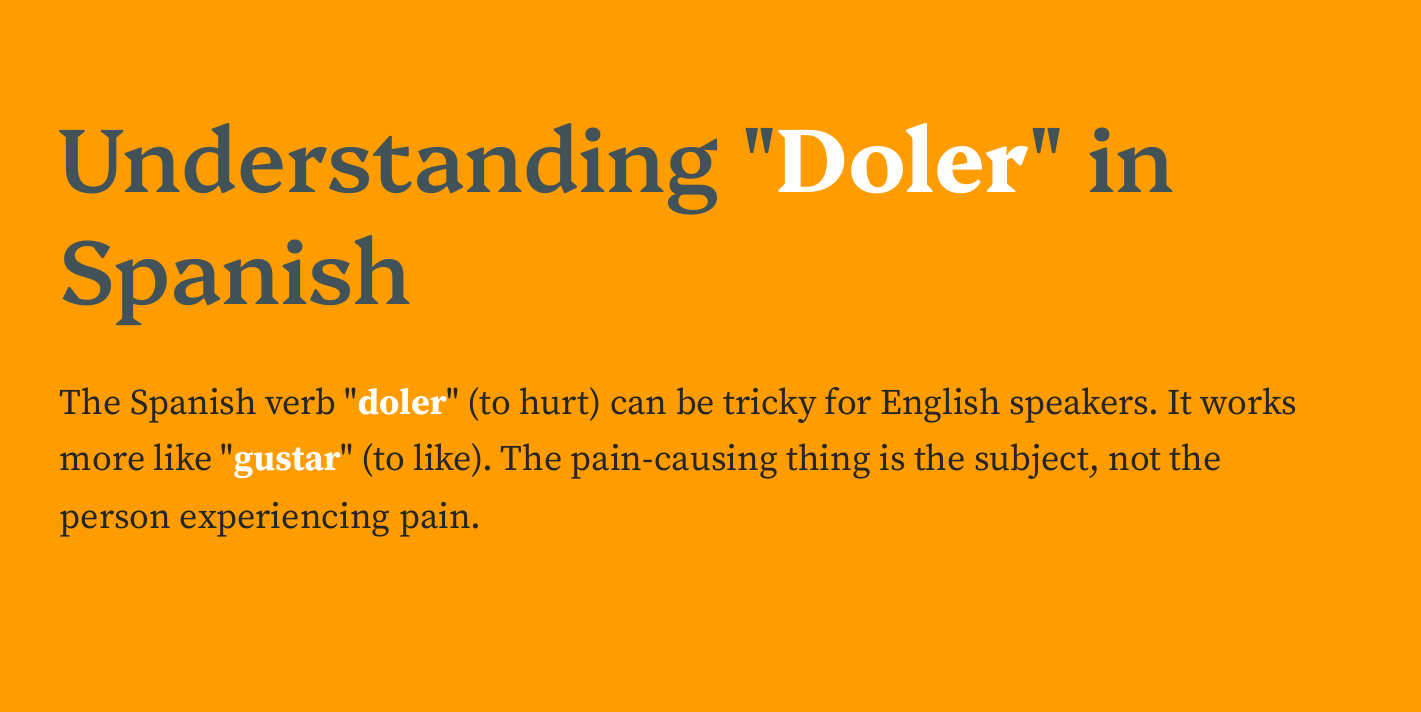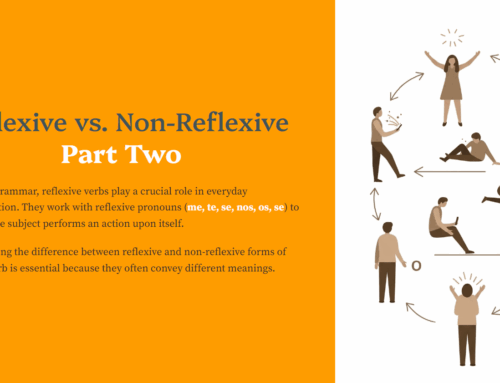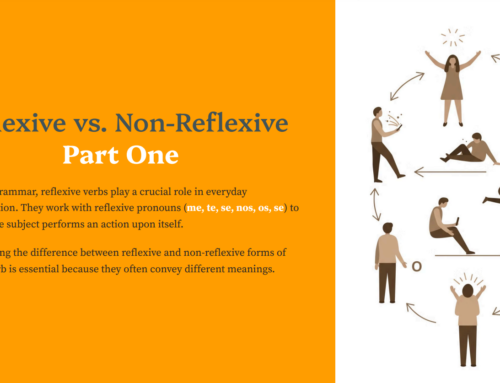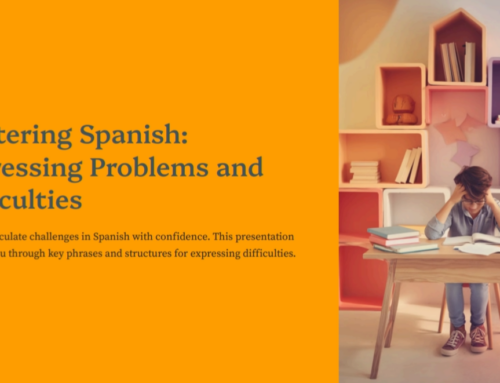🌟 Understanding “Doler” (To Hurt) 🌟
The Spanish verb “doler” can be tricky for English speakers because it doesn’t directly translate to “hurt.” It works more like the verb “gustar” (to like). Let’s break it down! 👇
1️⃣ The Structure (Like “Gustar”)
Think of “doler” like “gustar.” You don’t say “Yo gusto el helado” (I like the ice cream), but rather “Me gusta el helado” (The ice cream is pleasing to me). With “doler,” it’s similar: the pain happens to someone.
2️⃣ What Hurts? (Subject of the Sentence)
The important thing is which part of the body hurts. This determines whether you use “duele” (singular) or “duelen” (plural).
| Example | Translation |
|---|---|
| La cabeza duele. | The head hurts. |
| Los pies duelen. | The feet hurt. |
3️⃣ Who Does It Hurt? (Indirect Object Pronouns)
We use small words before the verb to show who is experiencing the pain. These are the indirect object pronouns:
| Pronoun | Translation |
|---|---|
| Me | To me |
| Te | To you (familiar) |
| Le | To him/her/you (formal) |
| Nos | To us |
| Os | To you (plural/formal) |
| Les | To them/you (plural/formal) |
4️⃣ Putting It All Together
Now, we combine these three parts:
| Example | Translation |
|---|---|
| Me duele la cabeza. | To me + me + hurts + the head. |
| Te duelen los pies. | To you + te + hurt + the feet. |
| Le duele la garganta. | To him/her + le + hurts + the throat. |
Key Points to Remember
- Don’t say “Yo duelo” (I hurt).
- Focus on what hurts (the body part).
- Use “duele” for one body part and “duelen” for more than one.
- Always use “me,” “te,” “le,” “nos,” “os,” or “les.”
Using “Tener” (To Have)
You can also use “Tengo dolor de…” which translates to “I have a pain in…”
| Example | Translation |
|---|---|
| Tengo dolor de cabeza. | I have a headache. |
| Tiene dolor de estómago. | He/She has a stomachache. |
This might be easier for English speakers at first, but encourage them to use “doler” like “gustar” to sound more natural. 🌈
🔑 In Summary
“Doler” is not about you hurting; it’s about something hurting you. Remember to focus on the body part and use the correct pronoun! 💪✨





Leave A Comment
You must be logged in to post a comment.